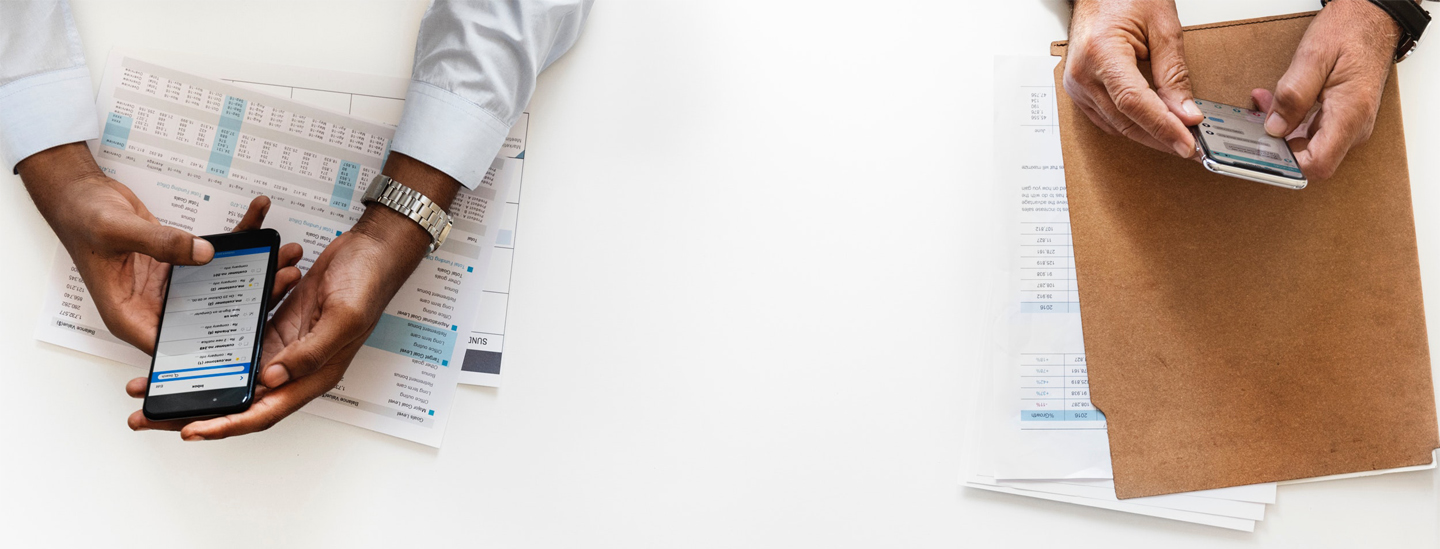Choosing the Right Device for Mobile Testing
As the number of mobile users surpassed the desktop users in 2014, companies started to pay more attention to mobile. Since then, the mobile market and the number of mobile applications grew exponentially and testing efforts for these applications increased as a consequence.
Currently, there are two major operating systems dominating the mobile market. Android leads the market with 83% share, followed by iOS; 15%. Other operating systems such as Windows Phone, Blackberry, etc. are smaller players compared to Android and iOS.
Apple users are very loyal to the brand, many update their mobile devices’ operating system right after its release date. That’s why developers and test engineers are lucky as they all need to work with the latest products after a few weeks following the initial release (%86 of Apple’s products work with the latest iOS10 as of today). This percentage is expected to be similar in the future.
On the contrary, Android app development teams are not that lucky. There are many manufacturers in the mobile device industry and they choose the appropriate Android version according to their device specifications. Therefore, many different Android versions exist in the market at the same time. As of today, Marshmallow has %32, Lollipop has 23% and Kitkat has %14 share of the market. That results in a vast array of combinations of devices with different resolution, screen size, CPU and Memory.
Testinium solves these challenges by offering a real mobile device lab with more than 150 iOS and Android devices. That allows test engineers to automate their test cycles and minimize feedback loop by parallel running support.

